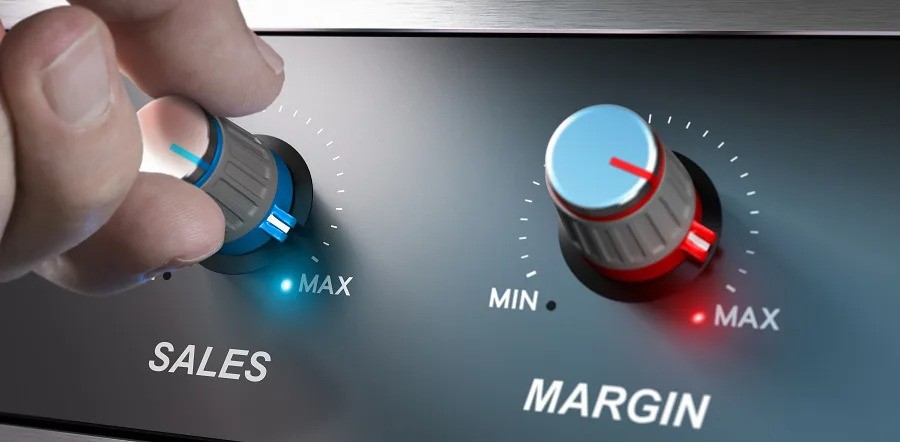

A simple people counting system can save you money by optimizing each area of your store – so think about what the combination of that and a mobile POS system could do. Mobile POS is the hottest trend in the retail industry right now, and for good reason. It streamlines your store operations and increases your service and sales.
Fortunately for stores with people counting systems, they can justify financial requests to upgrade to a mobile system. Data and reports from your people counting software allow you to view your customers and sales by day, week, month, period or year, as well as your conversion rates. You can compare and contrast your sales with previous years or other stores in your chain.
With this insight into your store, you can show an increase or decrease in customers. With that, you can prove that implementing iPad kiosks or some other mobile POS element may better service your growing number of customers – or that implementing something new and fresh may attract the new customers you have needed.
Here’s how a mobile POS system can boost your bottom line:
Costs – For starters, a mobile POS system is often less expensive than a traditional PC-based system. You can simply download software any iPads or tablets, which can cost as little as $200 each. A traditional system comes with its own hardware and software, with the whole package costing upwards of $20,000. And a people counting system can give you the same sales insights as POS reporting functions.
Line-busting – Your customers can say goodbye to long wait times and unnecessarily long shopping trips. Staff members can speed up service time – and inevitably make more sales – by cashing out customers on the spot. Having to wait in a long line could make customers abandon their purchase if they are in a hurry. They can come in, find they want, purchase it and be on their way in a matter of minutes. Speedier service will ensure their shopping experience is a quick and easy one. By analyzing traffic patterns generated from your people counting software, you can determine where employees with mobile devices or check-out kiosks should be placed.
Sales – As mentioned, mobile POS allows your staff to make sales on the actual sales floor instead of limiting them to the cash register. They can spend more time with customers, making sales and providing service. This leaves more room for cross-selling, upselling, giving recommendations, answering questions, comparing prices, etc. If you answer all of these questions for them, it will discourage them from finding their answers on the internet via showrooming. You can also grant customers access to items that are online-only or out of stock, allowing the staff to make more sales and allowing the customer to have a more pleasant shopping experience.
Advertising – You can increase and improve your in-store advertising efforts by mounting tablet technology on counters, walls and kiosks. Customers can view video advertisements while they shop, possibly even inspiring them to make an additional purchase. You can also launch in-store social marketing and promotional campaigns and test their effectiveness with your people counting system by analyzing traffic patterns in each area of your store. Your traffic reports will give you insight to which efforts were beneficial and which were not.
Labor – By allowing customers to help themselves with mobile POS, you can lower your labor percentages and reduce the need for high shopper-to-associate ratios. You will no longer need someone constantly behind the counter. You can also save money on training new employees, as most people are already familiar with smartphones and tablets. Based on traffic patterns, you can determine the best places to position the salespeople with mobile POS devices.
Customer service – People coming in and out of your store will get more customer service than ever before. They can access digital brochures, job applications and product catalogues while they shop. They can also cash themselves out or sign up to receive coupons via text message or email. You can also get feedback and provide services in an easier fashion. They can complete surveys, sign up for your customer loyalty program or check the balance of their gift cards.
Customers can gain a better understanding of your store inventory by viewing different models, colors, sizes, etc. Mobile interfaces allow fitting room attendants, floor salespeople and cashiers to provide more information about your products without making the customer wait as they travel to the POS system and back. They can simply pull up the information on a tablet or iPad. If you’re curious as to the effect increased customer service has had on your sales, you can use your people counting system to observe the change in your store’s conversion rate (footfall divided by sales transactions) over time.